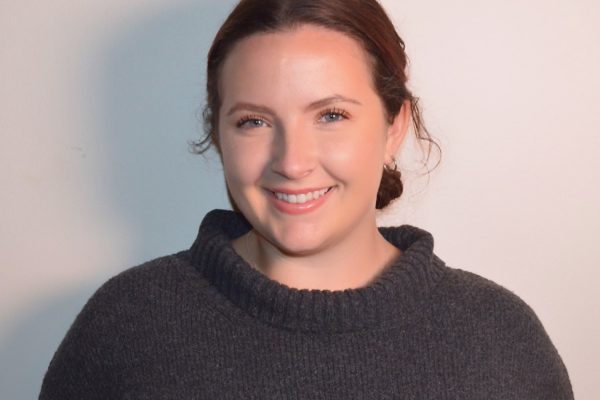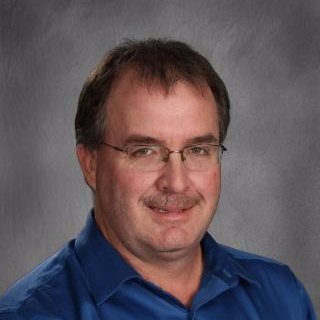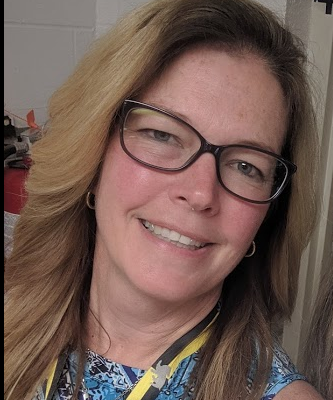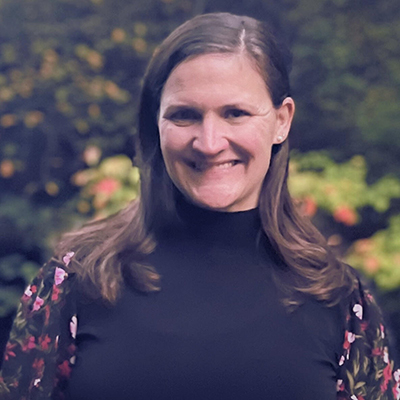If a piece of toast covered with jelly falls to the floor, which side will it land on? This was the question we broke into groups to answer as part of our “Science Ambassador” training. As a library media specialist, I am used to referring to reference sources, print or online, to answer such questions. But that choice was not available, as trainers from DESE (Department of Elementary and Secondary Education), the Museum of Science in Boston, and WGBH wanted us to learn by doing.
We broke into small groups and used the materials at hand, including index cards and paper clips, to form models to test our theories and then shared back with the full group. I hadn’t had quite that much fun at a professional development event in a long time, which gave me pause to reflect on the obvious fact that if we as educators are embracing a playful, curious, animated approach to learning in our PD sessions, our students will surely benefit by that strong level of vitality and enthusiasm for learning that we carry back into our classrooms and districts.
The Massachusetts Science Ambassadors were selected to play a key role in supporting the state’s transition to revised STE standards by helping educators, administrators and the public to understand the revised standards and their implications for curriculum, instruction and student learning. The team selected represents a diverse spectrum of backgrounds, experiences, and regions and will provide leadership in districts and across the state.
The Massachusetts adaption of the national “Next Generation Science Standards” is based on the following vision: to ensure that by the end of 12th grade, all students have some “appreciation of the beauty and wonder of science; possess sufficient knowledge of science and engineering to engage in public discussions on related issues; are careful consumers of scientific and technological information related to their everyday lives; are able to continue to learn about science outside school; and have the skills to enter careers of their choice, including but not limited to careers in science, engineering and technology.”
Scientific literacy entails being able to read, understand, evaluate and interpret articles and data about science as well as to articulately engage in social conversation about the validity of conclusions. A scientifically literate person is able to identify the scientific issues underlying local, national and global issues and to express positions that are scientifically and technologically informed.
Partnerships between science educators, instructional technology and library media specialists just make good sense in that so many of our literacy/research, technology and science education goals and objectives overlap. Science and engineering practices include the following:
- Asking questions
- Developing and using models
- Planning and carrying out investigations
- Analyzing and interpreting data
- Using mathematics and computational thinking
- Constructing explanations and designing solutions
- Engaging in argument from evidence
- Obtaining, evaluating and communicating information
NETS Standards also address the skills and knowledge needed to learn effectively and live productively in a globalized, digital society. Creativity and innovation; communication and collaboration; research and information fluency; critical thinking, problem solving and decision-making are core focus areas.
Beyond the shared goal of instilling inquiry/research skills in our students, strong reasons to partner across subject areas include a sharing of the planning, curriculum development and resources. For example, I applied for and was fortunate to receive for next school year a Jan Stauber grant to develop a literacy project that will introduce our students to the mysteries of Sherlock Holmes. The project goal and purpose is to promote reading as well as to enhance the science curriculum by incorporating the works of Sir Arthur Conan Doyle into our new elective forensics course at Sharon High School. By finding the science and technology connections in stories such as “The Hound of the Baskervilles,” and creating final “crime scene investigation” projects including a multi-media component, students will increase their appreciation of the mystery genre as well as their engagement and knowledge in the world of modern forensic science. Collaborating is also more fun, both for us as educators and for our students, who benefit by seeing the connections across discipline areas.
About the Author: Ms. Collins has worked as a Media Specialist/Librarian for 14 years in locales ranging from California to Kathmandu, Nepal. She currently works as Librarian/Media Specialist at Sharon High School in Sharon, Massachusetts. She serves on the Executive Boards of both the Massachusetts Library System and MassCUE (Massachusetts Computer Using Educators). She earned National Board Certification as a Library/Media Teacher in 2009 and is the 2014 recipient of the AASL Intellectual Freedom Award. Her writing contributions include a chapter featured in the recently published ISTE book, “Literacy in the Digital Age,” Library Media Connection (“Survival Tactics for the Warrior Librarian,”) NEA and other education-related blog posts and journals. She served as a project consultant for the learning layer of the multi-media e-book, “Searchlights and Sunglasses: Field Notes from the Digital Age of Journalism.”
 Print this post
Print this post









